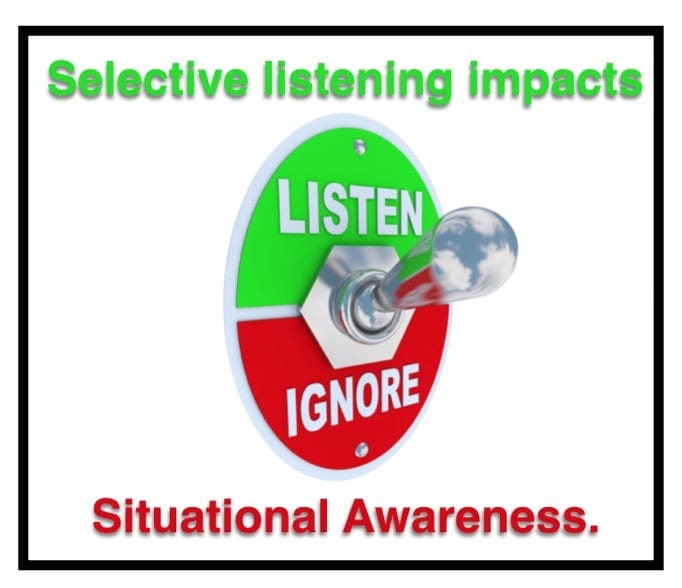
It may be by pseudo listening, wherein a person seems to be listening, by all physical dimensions of a listener, but the mind is not attentive to whatever is being said. Non-listening is when all the cues of listening are produced by a listener but in reality no listening is taking place. One may want to listen but lacks the energy required to be attentive and produce the appropriate feedback that reflects all the perspectives of mindful listening. Listening does not only involve our physiological conditions, it depends on it fully (Stone et al, 66). Mindful listening is demanding and is hard for many people to uphold for long.įatigue and other physiological conditions impede listening, therefore raising the need to put more effort into the listening process. Listening has more than once before considered an active process, relying on this fact, a notable hindrance to effective listening is lack of effort on the listeners’ part. The listener creates a preconceived mind set which disconfirms what is meant by what is said. Another internal issue is prejudgment of what is said or the person saying it, these deny the listener the learning perspective that is got from listening, also leads to misunderstandings of the information. Preoccupations take a big part of our attention depriving us the whole commitment to what someone else is saying.Īt this time we are not fully present to what is being said. Internal obstacles on the part of the listener include preoccupation with other issues while communication is proceeding. In managing complex messages, it is advisable to be taking notes or ask questions to clarify and make retention easy. We decide to listen carefully choosing to remember what is important and being more attentive to what is important. To control this we screen much of what is said around us. Most of the times the obstacles cannot be controlled, but it is however important to know the obstacles so that we can compensate for the hindrances.Įxcessive message communicated makes it hard to listen effectively.

Obstacles to listeningĭespite our honest intentions to listen mindfully, there may be challenges that hinder the listening process.

Selective remembrance enhances the listening competence. In order to achieve high retention with time, we have to avoid a lot of the details and concentrate on the basic ideas and general impressions. Most of what is said, however, is not immediately memorable, the retention decreases with time so that we remember less. The final part of listening is retention of what has been heard. Responses also show a level of care accorded to the speaker and interest on what is being said. This also shows how a message communicated is perceived by the listener and the speaker may clarify on what is said. Listening is more active with responses all along the process rather than at the end. These encourage communication since they show a lot of commitment to what is being said. They may be as subtle as nodding, eye contact or an interlude as the conversation goes on. The feedback from a listener is an echo of communication success. Responses are good indicators of how much listening has taken place. Too often we impose our meaning to what others say and derive our own meanings from what is said. Interpreting should be done to the level at which the speaker is, to exactly get what is implied. Interpretation of communication is the next step and is crucial as it is the medium in which the meaning of what is said is actually understood. In mindful listening we can monitor our tendencies to attend selectively by remembering that we are more prone to distraction from loud impulses, unusual or intense. The material we select to listen to, however, depends on our interests or expectations.

It is imperative to select material to listen to rather than listening to all that is around us. Selecting the material to listen to is the first element of listening. Human beings are naturally able to talk but the listening is a skill that many have to learn through out their lives (Morreale and Pearson 19). The choice to be mindful in listening is a personal one, demanding personal commitment of attention without diversion to another person. Physically, the listener should maintain a posture that responses positively to the speaker, with no response, communication is monotonous and ineffective.

From listening one derives the development of interpersonal relationships and enhancement of communication skills (Morreale and Pearson, 9).īeing attentive means that the listener has is wholly involved, keeping their minds on what is being said. Effective listening is done in honest curiosity and care towards what is being said.


 0 kommentar(er)
0 kommentar(er)
